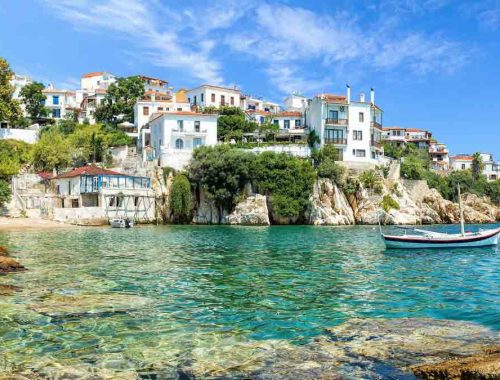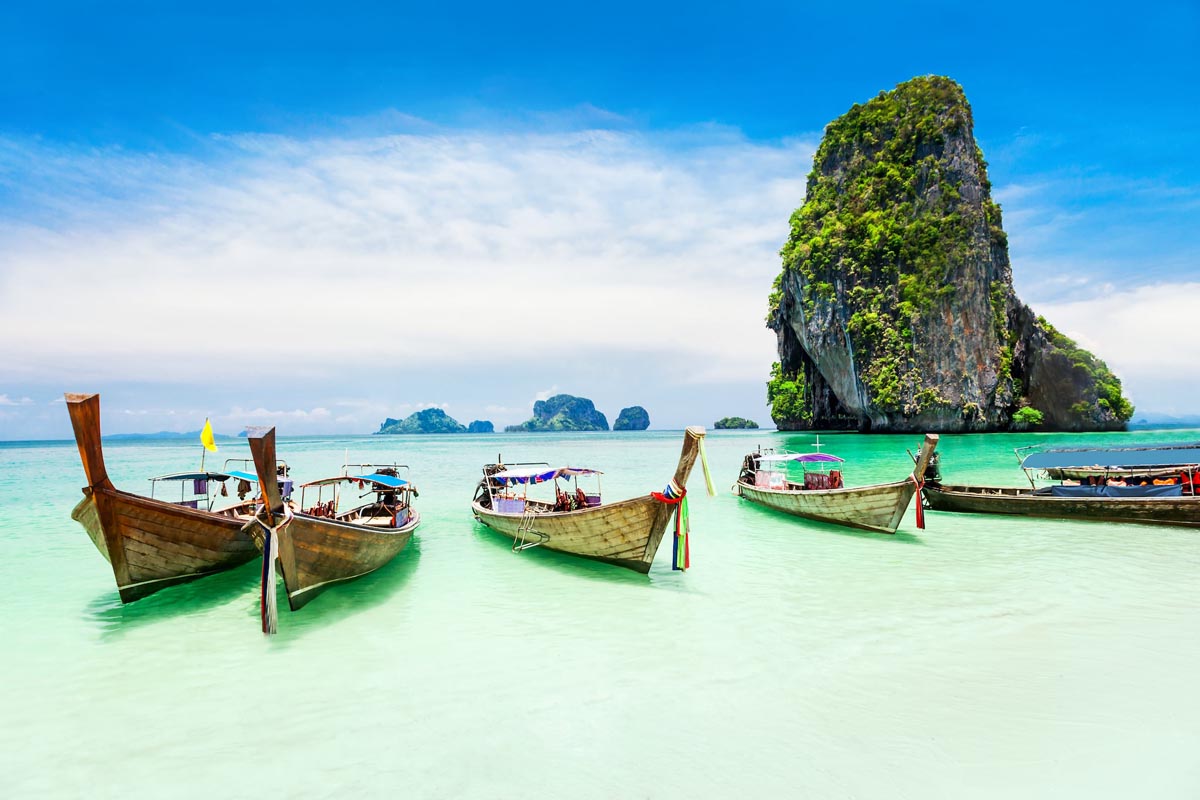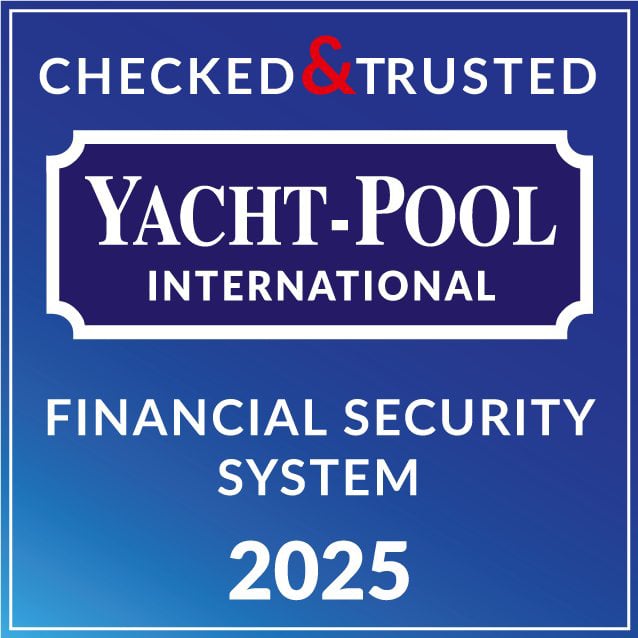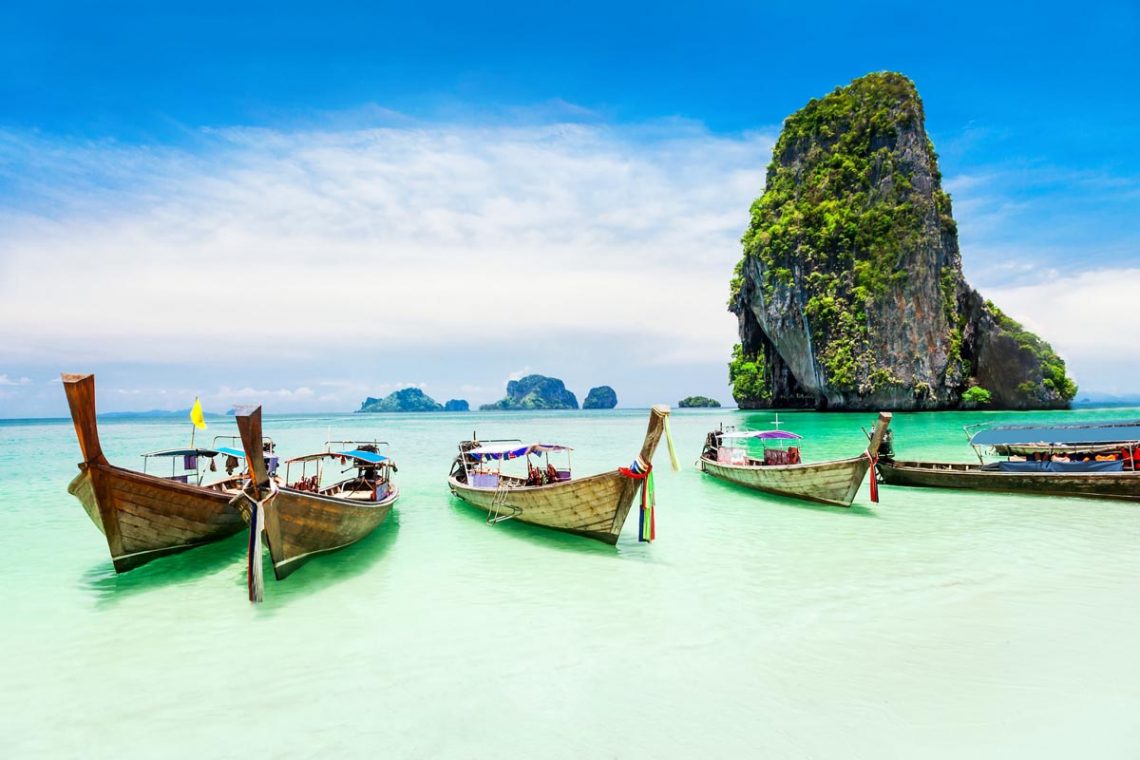
Sailing among the pristine and ‘mystical’ beaches of Thailand
The Andaman Sea and the southern coast of Thailand offer sailors splendid archipelagos surrounded by tropical beaches, granite rocks, and lush tropical vegetation. In addition to a diverse multi-ethnic mix and a peaceful, almost mystical atmosphere that captivates the heart.
A cruise in Thailand and the Andaman Sea is an extraordinary opportunity to sail in mythical, deeply exotic places with untouched nature and an almost enchanted atmosphere. Phuket and its tourist marinas are the perfect starting point for a fascinating itinerary that winds through the Marine Park of Ao Phang Nga to the archipelago dense with islands, caves and villages along the Krabi River. Then, surround yourself with the cinematic views of Phang Nga Bay and Phi Phi, Koh Lanta, until you reach the more secluded and solitary Racha Islands.
Although most sailors prefer to navigate in Thailand during the dry season from November to April, it is possible to sail in these splendid places all year round. The exception is the months of September and October, where seasonal rains are concentrated. The tropical landscapes and the rich maritime culture of these shores will fill your cruise with intense emotions and unforgettable memories.
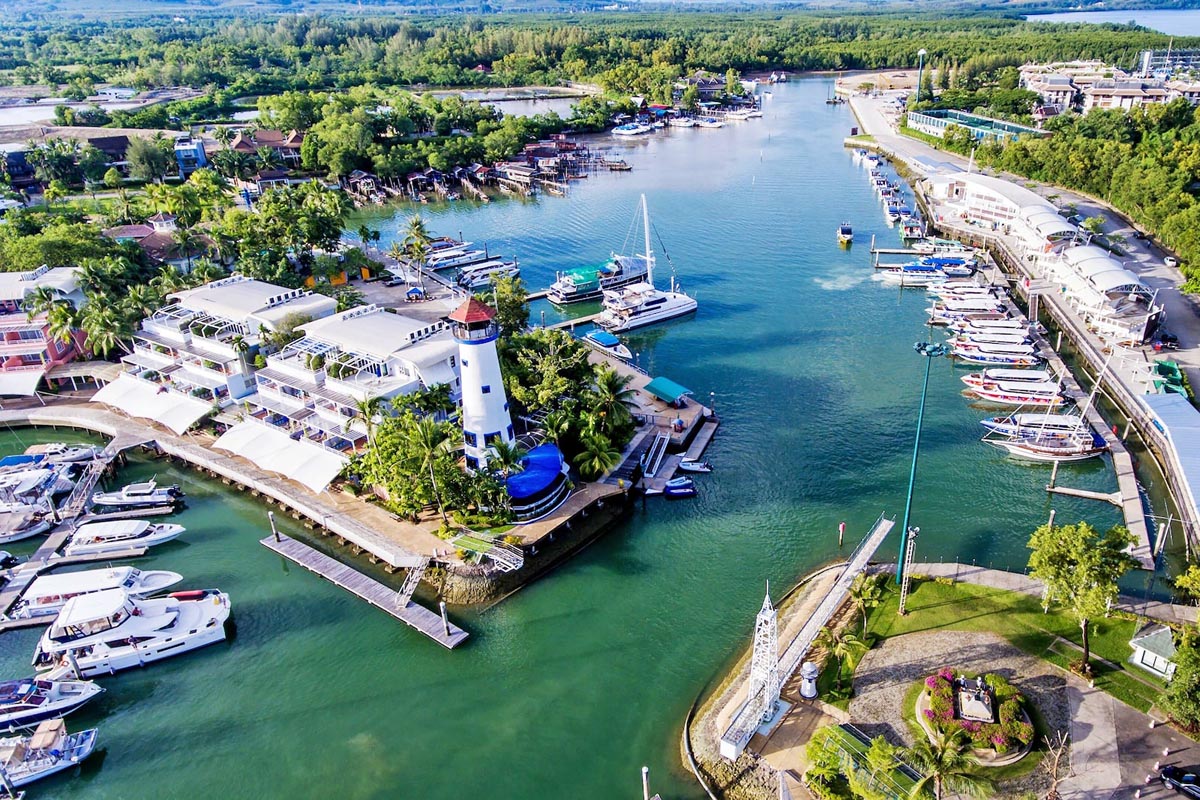
Day 1, Phuket, boarding
The embarkation point for our cruise is in Thailand is the Royal Phuket Marina, a modern marina located centrally on the eastern coast of Phuket Island. It offers 100 boat berths and all the necessary nautical services. After settling personal belongings on board, one can take the opportunity to explore the city of Phuket, the largest and arguably the most entertaining of all Thai islands. In addition to numerous entertainment options, it features first-class shops and some of the most beautiful beaches in the entire country. Among these is Freedom Beach, quiet, secluded and lined with trees. Alternatively, there is Surin Beach, more cosmopolitan and full of high-end resorts, restaurants and bars. Highly regarded for its crystal-clear waters and greenery is Kata Noi on the western coast of Phuket. The current here is not strong, making it perfect for swimming.
While most tourists visiting Phuket head to the chaotic streets of Patong, such as the famous Bangla Road, it is worth exploring the Old Town. Here, you’ll find a network of streets adorned with old palaces and colorful colonial-style townhouses that house cute and welcoming shops and restaurants. The bustling street market is always intriguing, the perfect place to sample traditional southern Thai cuisine. Other excursions to consider include a visit to the Big Buddha, a 45-meter-high white marble statue, or the Buddhist temple of Wat Chalong dating back to the early 19th century. Lastly, there’s Cape Promthep, the most famous and romantic viewpoint in all of Phuket.
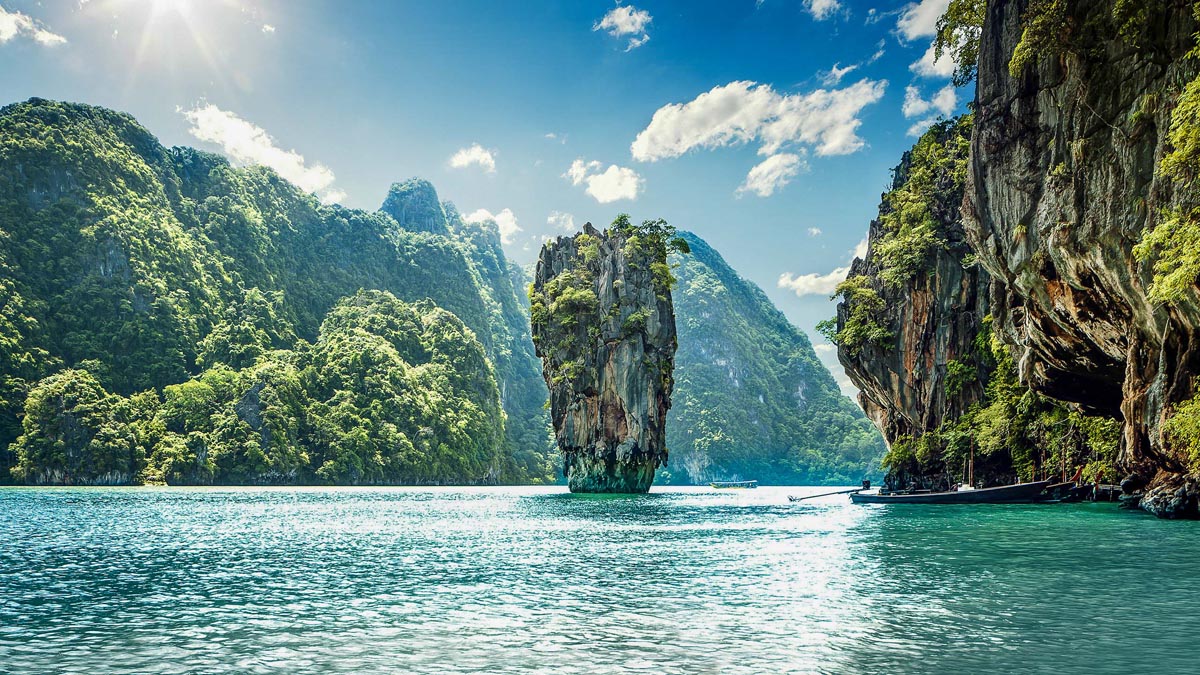
Day 2, Phuket – Phang Nga Bay, 30 miles
It’s time to set the bow towards the North to reach the splendid Phang Nga Bay. This enchanting place, reproduced in thousands of postcards from Thailand, is part of the Ao Phang Nga National Park and boasts dreamlike landscapes with emerald green waters surrounded by small islands, caves, bays and coves ideal for exploration by kayak, SUP or small boats. What attracts visitors are primarily the picturesque and gigantic limestone cliffs plunging into the sea, providing a mystical atmosphere to the numerous tropical beaches rich in incredible fauna and flora. The park includes a wide variety of mangrove species, tropical forests, marine birds, monkeys, fish, reptiles and other colorful animals.
Among the 42 islands encompassed in this paradisiacal scenery, the most famous and visited is undoubtedly James Bond Island, so named because it was immortalized in the 1974 film “The Man with the Golden Gun,” starring Roger Moore and Christopher Lee. Another unique place in Phang Nga Bay is the sea gypsy village of Koh Panyee. At the base of a limestone peak, this stilted city rises above the water, all interconnected with a central mosque. It is a magical place, ideal for a stop and a meal of fresh fish and seafood. The sea gypsies, who in the past adopted a semi-nomadic lifestyle in the Andaman Sea, are sailors of Indo-Malay origin. They have centered their existence on the use of marine and coastal resources and have a strong bond with the ocean.
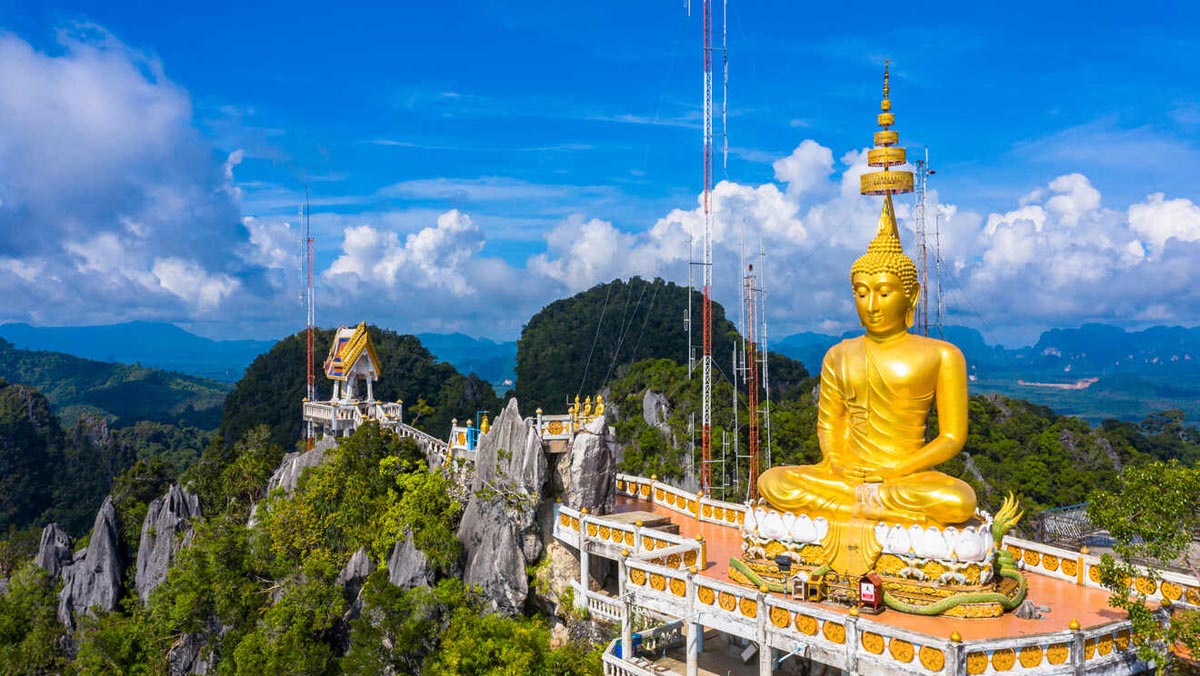
Day 3, Phang Nga Bay – Krabi, 32 miles
Heading further south, our journey will take us to Krabi on the west coast of southern Thailand. Located on the estuary of the river of the same name, the province of Krabi encompasses over 100 islands with cliffs plunging into the sea, beaches of rare beauty, and mangrove forests that have been a refuge for pirates and traders for centuries. Always a crossroads of routes between Malaysia, Singapore, Australia, China, and Russia, it offers a multicultural and colorful reality. Just outside Krabi Town, you can immerse yourself in the pristine nature of Hat Noppharat Thara Marine Park, which hosts protected species such as sharks and dolphins. At the city’s entrance, you can also visit the two hills of Khao Khanap Nam. Covered in dense jungle, they dominate the river that runs through Krabi.
Also fascinating is the Buddhist temple Wat Tham Sua, known as the “Tiger Cave.” This religious site includes a staircase with over a thousand steps, at the top of which you can admire a large golden Buddha and overlook the entire city. To learn about local traditions and culture, an excellent destination is the Andaman Museum, which showcases the methods of pearl processing and materials used to create jewelry. And for savoring spices, Thai specialties, and the famous golden mango, a typical product of the province, there is Krabi’s main market.
Among the beaches, the most beautiful is Ao Nang Bay, a bay lined with numerous resorts, shops, restaurants, and nightlife spots. Even more secluded, just a bit further south, is the famous Railay Beach, protected by rock walls on both sides and ideal for diving and snorkeling.
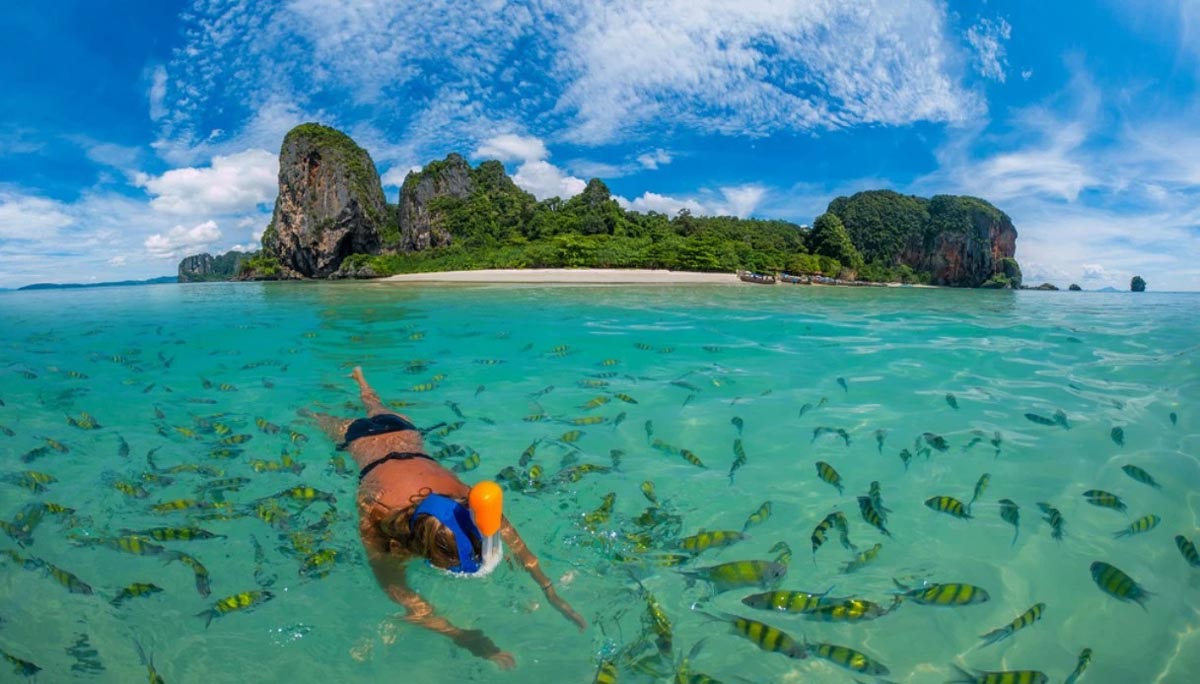
Day 4, Krabi – Koh Lanta, 15 miles
We set off towards Koh Lanta, one of the most fascinating islands in the Andaman Sea. It is part of an archipelago where the major islands are called Koh Lanta Noi and Koh Lanta Yai. It is narrow and long, featuring a relatively flat terrain that reveals the picturesque blend of island cultures, with stalls selling fried chicken in the shade of slender minarets, simple fishing villages, and small wats (temples) hidden in the lush greenery. The main landing point is called Saladan, a typical fishing village. To reach the southern tip of the island from here, a transfer of about 30 km is required, ending in front of the Marine National Park office, where the island’s lighthouse stands.
Koh Lanta is a nature paradise with a rainforest occupying the center of the island, complete with its karst caves, rubber plantations, and the village of the Sea Gypsies, guaranteeing intense emotions. Koh Lanta is rich in beaches bathed by warm and crystal-clear waters. The best ones are along the western coast of the island, each with its own uniqueness but all capable of offering excellent sunsets: Khlong Dao, Phra Ae or Long Beach, Khlong Nin, and Klong Khong.
The islands around Koh Lanta provide incredible landscapes that can inspire writers and filmmakers, featuring pristine mangrove forests to explore, hidden lagoons once used by pirates to conceal their treasures, underwater caves, and small communities of local fishermen. The life rhythm here has practically remained unchanged for hundreds of years, and these places are off the traditional tourist paths.
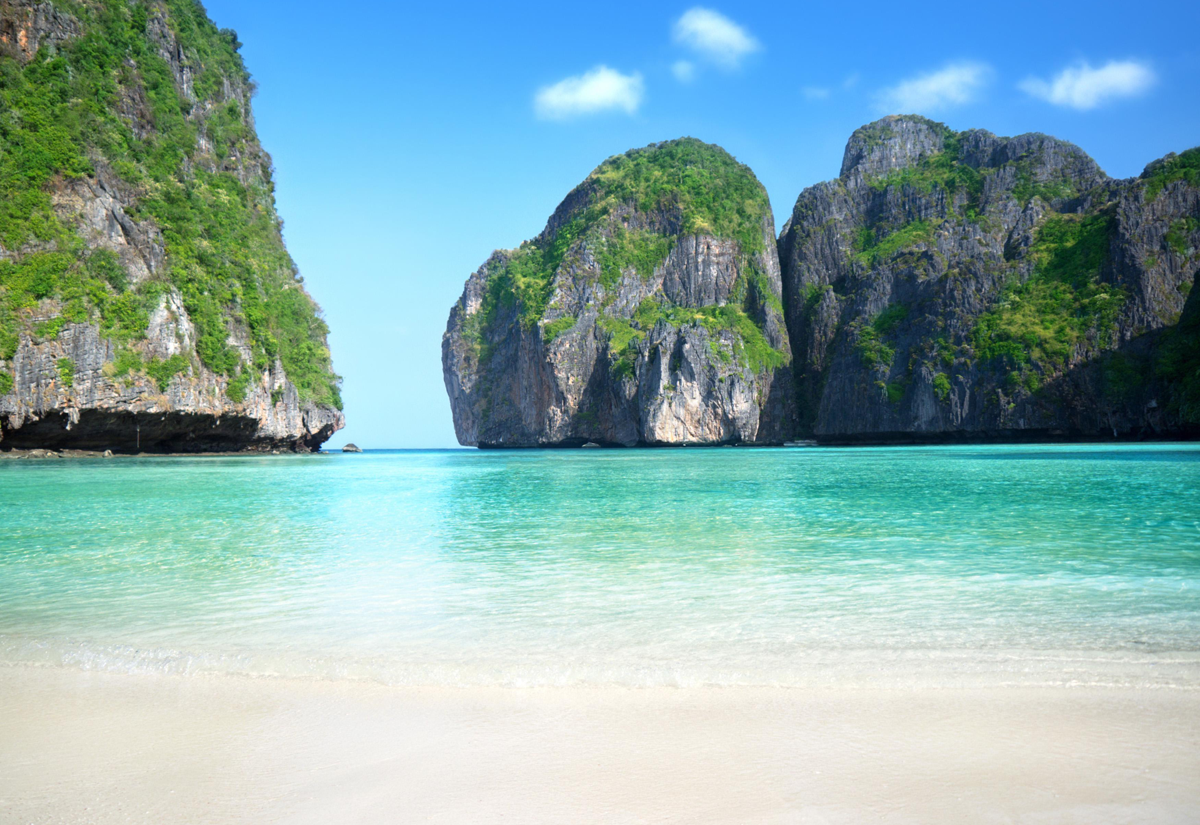
Day 5, Koh Lanta – Phi Phi Islands, 16 miles
On the fifth day of our cruise, we reach the Phi Phi Islands, one of the most famous destinations in all of Thailand. They are two spectacular islands in an archipelago consisting of 6 islets, of which only Koh Phi Phi Don and Koh Phi Phi Leh are inhabited. These islands became extremely famous starting in 1999 when they lent their beauty to the film “The Beach” with Leonardo Di Caprio. Today, they have respectively become a thriving center of Thai tourism and an untouched national marine park, home to the magnificent Maya Beach, one of the international symbols of the Thai sea, considered by many as the aesthetically perfect beach; and Lagoon Bay, a truly magical lagoon with green waters created by the erosion of the limestone cliffs that overlook it.
The Phi Phi Islands are pure magic and offer everything that can be assimilated to the concept of natural paradise. Spectacular cliffs overlooking an emerald green sea, white beaches with soft and fine sand, an unparalleled coral reef. Completing the picture are magnificent seabeds marked by richness and marine biodiversity.
Koh Phi Phi Don, the island where sailors disembark, is actually composed of two distinct islands connected by a small strip of sand and palms. The two hills that traverse it are therefore separated by a splendid double bay, perfectly symmetrical and protected even during the passage of the monsoons. Ao Ton Sai, located to the south, reflects in Ao Loh Dalum, located to the north. The land between the two bays is occupied by beach resorts, cafes, restaurants, shops, and diving centers. In addition to being the stage for exotic beach parties and vibrant nightlife. This is also the path that will lead you to the famous Long Beach, a thin strip of white sand surrounded by palms, which in the eastern part divides into small and delightful coves. This is also the road that will guide you to the famous Long Beach.
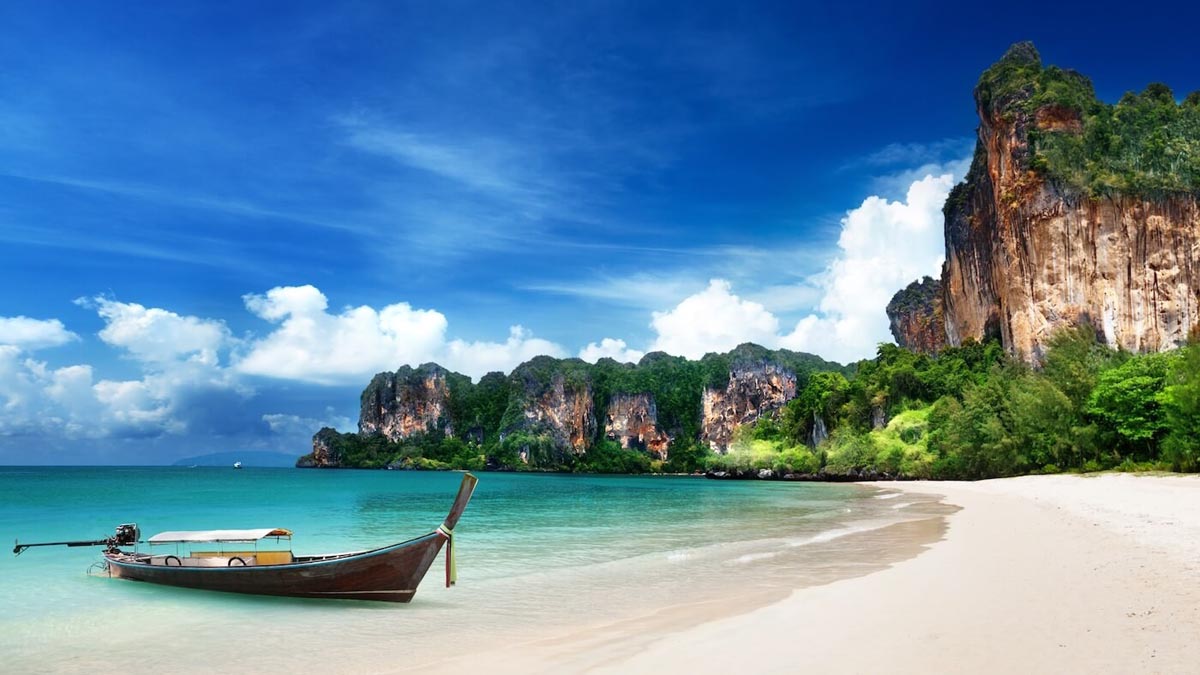
Day 6, Phi Phi Islands – Racha Islands, 28 miles
We set sail westward to reach two more gems of the Andaman Islands: the Racha Islands. These are two islands, Koh Racha Yai and Koh Racha Noi, also known as Koh Raya Yai and Koh Raya Noi (Yai means “big” in Thai, and as you may have guessed, Noi means “small”). These two wonderful islands have crystal-clear waters and white sandy beaches. They are also very popular among scuba divers and snorkeling enthusiasts, with challenging dive sites.
Racha Yai is mainly inhabited by Muslim farmers and fishermen. Its main beach, on the northwestern coast of the island, is Ao Tawan Tok (also known as Ao Bungalow), located in a “U”-shaped bay where the sand is as white as snow and has the consistency of talcum powder.
Like many islands in the area, Racha Yai is frequented by tourists and can be a bit crowded in the afternoon. However, the island is quite peaceful at night, with only a few restaurants and bars. The lack of bright lights also means that the night sky is illuminated with stars. A bit further south of Racha Yai is its smaller twin, Racha Noi. This island is uninhabited and offers a truly timeless enchanted atmosphere. There is a small bay on the western coast that is a favorite spot for fishing and diving, where manta rays are regularly spotted.
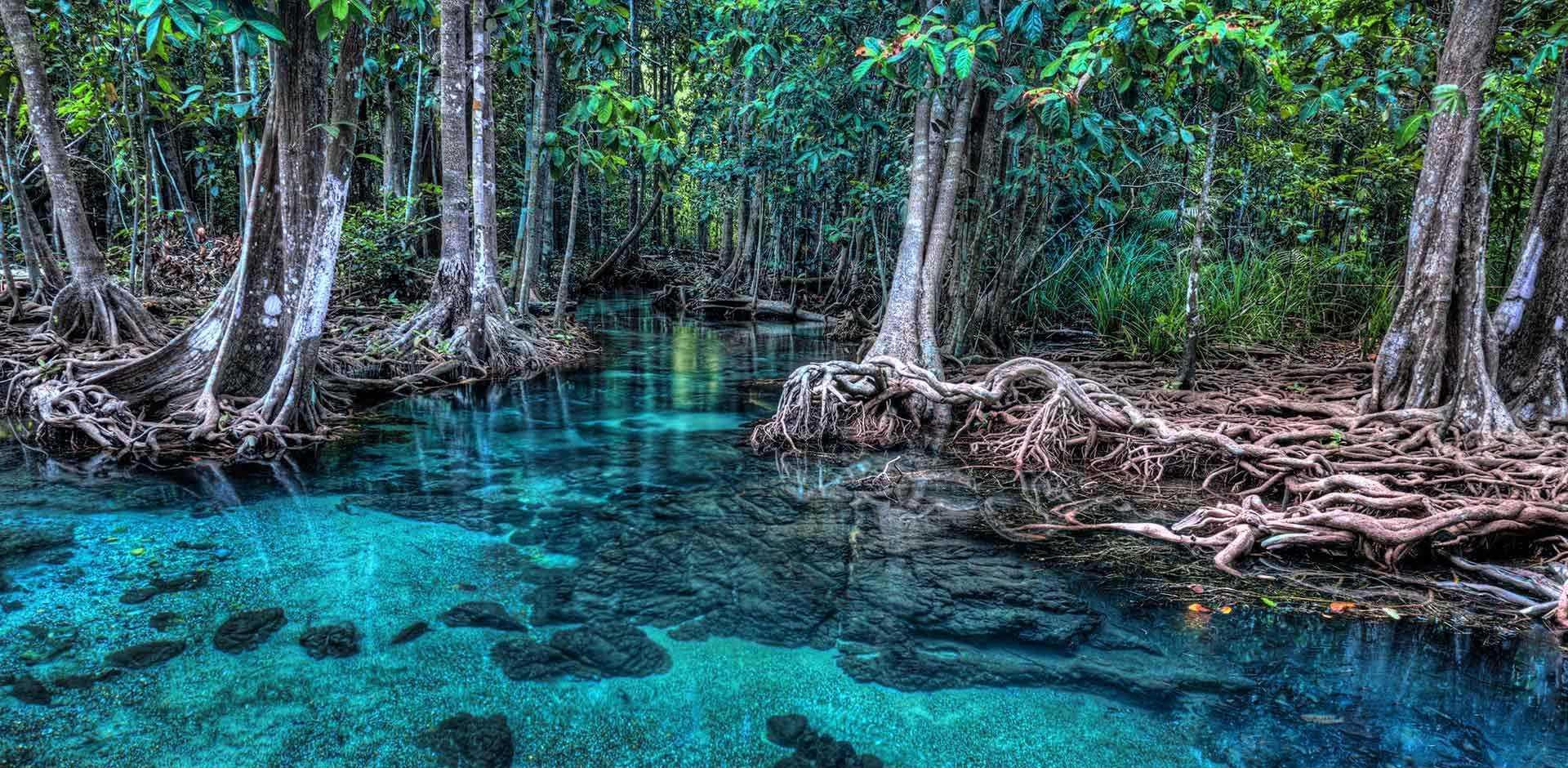
Day 7, Racha Islands – Phuket, 15 miles
It’s time to head back to our initial base. However, sailing north towards the main island of Phuket, we can take advantage of the numerous small islands off the eastern coast of Thailand that can be explored on our last day of the cruise. Between a swim and some snorkeling at Coral Island or near Khai Nok Beach, there is still the pleasure of savoring these wonderful places in Thailand, remarkably far from the hustle and bustle of our Western world.
You May Also Like
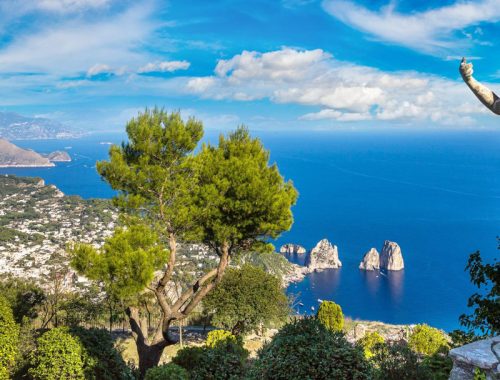
Capri, the most romantic and glamorous island in the Mediterranean
04/11/2025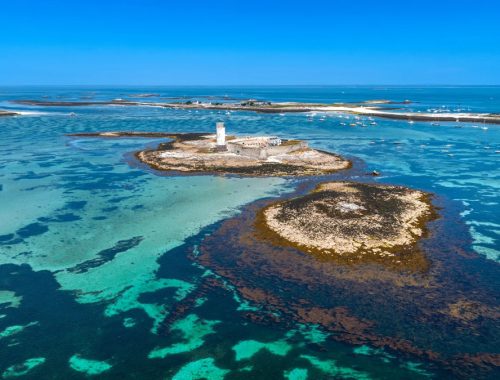
Sailing along the coasts of Brittany, a land of sailors surrounded by the ocean
28/11/2025